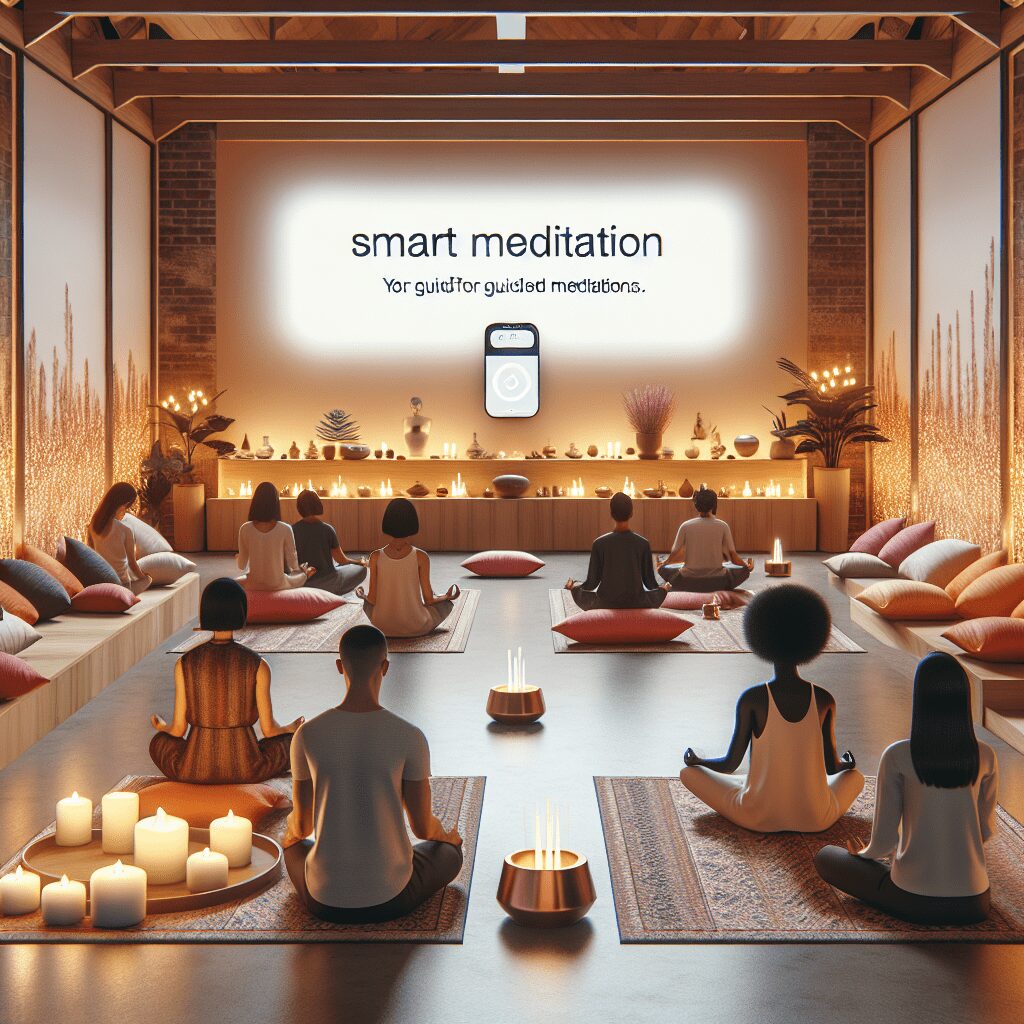
Prioritize your mental well-being daily. Enhance your life by nurturing your mental health with the Smart Meditation app. Break free from stress, alleviate anxiety, and enhance your sleep quality starting today.
What Is The Difference Between Japa And Mantra Meditation?
Unlocking the Essence of Japa and Mantra Meditation
In the labyrinthine corridors of spiritual practices, Japa and Mantra meditation stand out as luminous paths leading towards tranquility and enlightenment. While they might seem like twins at first glance, dancing to the same rhythm of repetitious chants, they hold their unique essence and pave distinct pathways to inner peace. Embark on a journey to delineate the subtle yet profound differences between these two meditation practices, tailoring a spiritual experience that resonates with your soul’s melody.
The Soulful Echoes of Japa Meditation
Japa meditation, a jewel in the crown of many spiritual traditions, especially within Hinduism and Buddhism, centers around the repetitive chanting of a sacred mantra. This could be a name of a deity, a spiritual phrase, or a sound vibration like “Om.” The objective? To foster concentration, allow the mind to soar beyond the mundane, and cultivate a deeper connection with the divine.
Here’s the kicker – Japa isn’t just about mindless repetition. It’s critically engaging, involving an active focus on the sound, rhythm, and meaning of the mantra. It’s like tuning into your favorite radio station where the mantra is the chart-topping hit playing on loop, and your attention is the sharp signal catching every note.
Tools of the Trade
Interestingly, Japa often employs a physical object, most commonly a mala – a string of 108 beads, akin to a rosary, which practitioners use to keep track of their chants. Each bead is a stepping stone, guiding the practitioner through their meditation journey, ensuring they remain grounded and focused.
The Melodic Rhythm of Mantra Meditation
On the flip side, Mantra meditation, while also involving the repetition of sacred words or phrases, often takes a broader stage. It doesn’t strictly tether itself to the use of physical counting aids such as mala beads. Instead, it emphasizes the power of sound vibrations to penetrate the depths of the consciousness, weaving peace, and harmony into the fabric of one’s being.
Mantra meditation is akin to singing the soul’s song, where the vibratory essence of the mantra harmonizes the body, mind, and spirit. It’s a more inclusive practice, often found in various spiritual and non-spiritual traditions around the globe. Practitioners might integrate mantra chanting into their daily routines, using it as a tool to cleanse the mental palette and instill serenity.
The Crux of the Difference
While both practices hold the sacred chant at their heart, Japa meditation’s distinctive trait lies in its disciplined method- the use of mala beads as a tactile guide and its concentrated focus. Meanwhile, Mantra meditation offers a more flexible and open approach, where the essence of the chant and its vibrational effects take precedence.
Embarking on Your Meditation Journey
Choosing between Japa and Mantra meditation is akin to selecting the right instrument in an orchestra. It’s not about which is better; rather, it’s about which resonates with your personal harmony. Whether you’re counting beads or enveloping yourself in the sacred sounds, the key lies in consistent practice and allowing the essence of the chants to seep into your soul.
So, why not give it a whirl? Dip a toe into both waters. Perhaps start your day with Japa, letting the tactile sensation of the mala beads anchor you, and end with Mantra, letting the sacred sounds be the lullaby to your soul. The path to tranquility and enlightenment is rich with diversity – embrace it, and let the chants guide you home.





